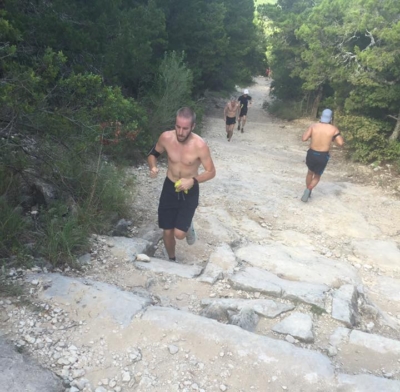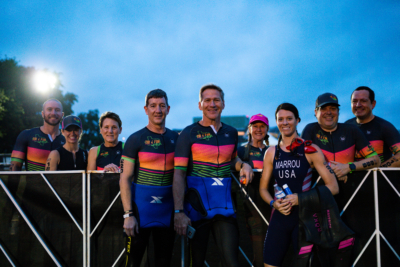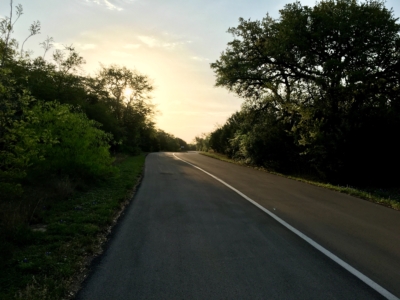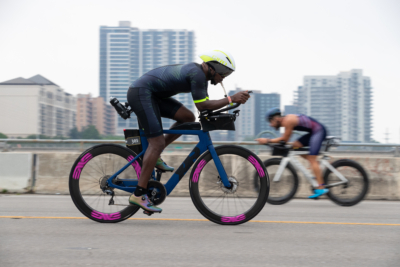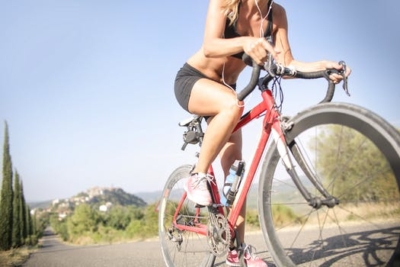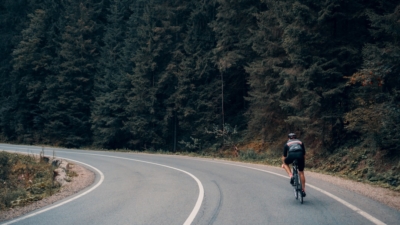Incorporate Mindfulness Into Your Training
Whether you’re training to be faster or are simply exercising to relax and destress, practicing mindfulness during your physical activities in order to better connect with your body is a great way to achieve a balanced state of mind and find joy in your training.
Often when we hear the word ‘mindfulness’ or ‘meditation’, we envision someone sitting on a yoga mat by the beach, practicing slow and thoughtful movements. But a mindful state can and should be achieved through any activity, especially in triathlon training.
What Do We Mean When We Say Mindfulness?
The simplest definition is the practice of being aware and present at the moment. When it comes to training it means we are being mentally connected to our bodies and train our minds and bodies together as one unit. When we only focus on our physical self without also training the mind, we can create a disconnect between the two, causing negative thoughts and a higher perceived exertion during an event.
Why is Mindfulness Important?
Mindfulness has been shown to help improve focus, decrease stress levels, and increase self-awareness. If you’re looking for a way to improve your performance, incorporating mindfulness into your training is definitely something you should consider. With mindfulness, you can learn how to be more patient, focused, and relaxed during physical activity- leading to better results overall.
How to Incorporate Mindfulness
1) Slow Down
Endurance activities are actually very conducive to achieving a meditative state of mind, and it starts with slowing down and focusing on your form. It’s important to be precise during swimming strokes and land lightly when running so that you can move more efficiently–don’t get frustrated if thoughts wander off while doing this! When we catch ourselves thinking about something else, just relax and refocus back onto the specific element of our movement.
2) Remember Your Goals
Also helpful while practicing mindfulness during workouts, is to have a goal for your workout and keep it top of mind. Maybe today’s goal is to add an extra mile on your run, or maybe it’s to focus on getting your core stronger. Whatever your reason may be for doing your workout, keep it locked in the forefront of your mind to help remind yourself why you’re doing the activity you’re doing.
3) Practice Belly Breathing
Another helpful tip is one we can learn from babies, which is the act of belly breathing. Inhale slowly, extending the belly outward. This helps draw the breath into the lower lungs and extend the diaphragm. By fully inflating the lungs, you’re also taking in the maximum amount of oxygen possible with each breath. These deeper inhalations keep the body relaxed and help you pace yourself and move most efficiently.
Mindfulness can be an important tool in your training arsenal, especially if you struggle with stress or focus. By practicing being aware and present, you can improve your connection to your body and train both the body and mind as one unit. When it comes to competition or a challenging workout, this can be the difference between success and failure. Give mindfulness a try and see how it impacts your performance!





